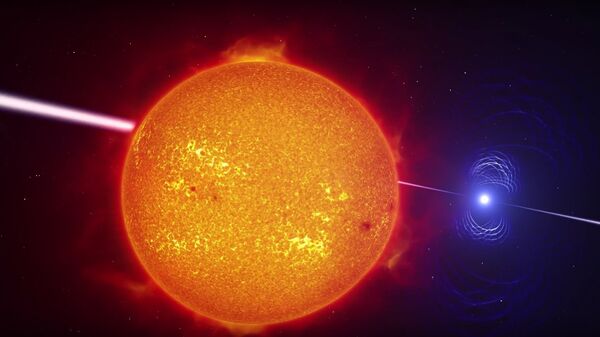CVs are close binary systems consisting of a normal star and a white dwarf companion. The systems are known to irregularly increase their brightness before dropping to a quiescent state, according to Phys.org.
The new find, dubbed KSN:BS-C11a, was described in a paper published on the arXiv preprint server on August 10. The discovery was achieved via NASA’s Kepler spacecraft by a team of astronomers led by Australian National University’s Ryan Ridden-Harper.
The team was able to identify that the CV observed is specifically classified as SU Ursa Majoris (SU UMa) - meaning it has superoutbursts which are brighter and longer than its normal dwarf nova outbursts.
Scientists further classified it as a WZ Sagittae (WZ Sge) star, a group whose members are distinguished by “very large amplitude outbursts, double-peak variations in their light curves dubbed ‘early superhumps,’ and the presence of a late time re-brightening event at the end of a superoutburst,” according to Tomasz Nowakowski of Phys.org.
"Here, we present observations of a new WZ Sge type CV discovered as part of a systematic search for new transients in the K2/Kepler campaigns, known as the K2: Background Survey (K2:BS). Our new CV is the first WZ Sge type system to be observed with the high cadence and continuous monitoring of Kepler," the astronomers detailed.
The name KSN:BS-C11a was given to the system due to its relation to the prolonged Kepler K2 mission’s Campaign 11.
Researchers noted that the system increased its brightness by 8 magnitudes in a single day before fading slowly over a period of a month. The “superhumps” of the system were measured to have a period of 82 minutes within their first 10-day monitoring period.
Ridden-Harper and his team ultimately concluded that the KSN:BS-C11a was indeed the first WZ Sge CV observed by NASA’s Kepler.




